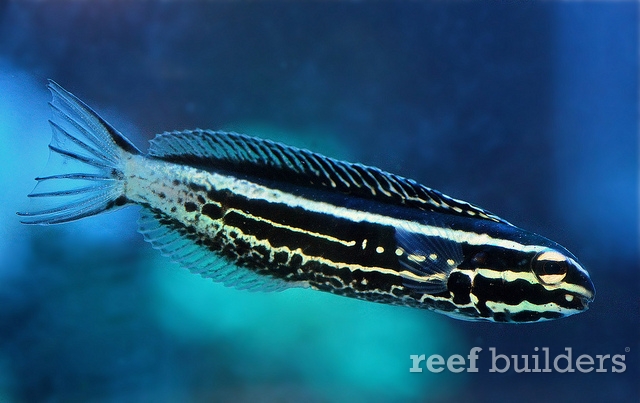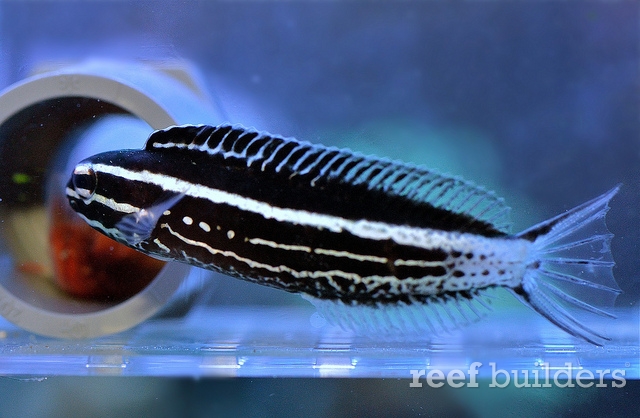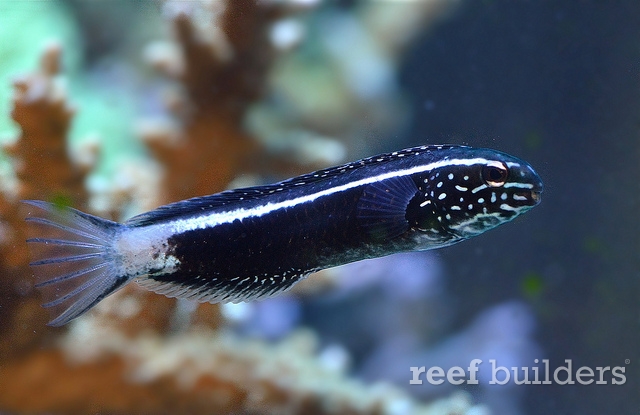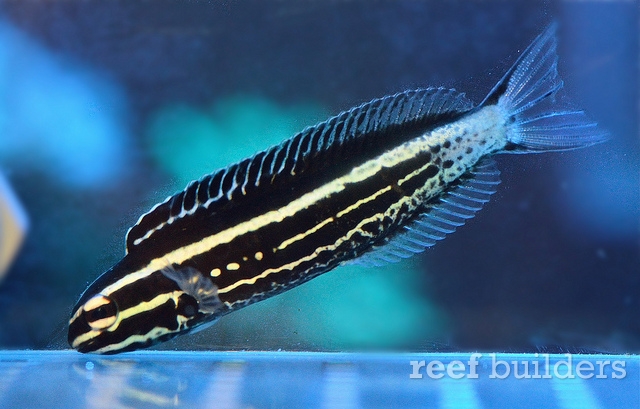It has been awhile since we’ve gotten one of the aquarium world’s first Kamohara fang blenny from Koji Wada of Blueharbor, and even recapped our trials and tribulations with the fish, but our love for this blenny is still burning strong. In fact if anything, we love it even more and are continually learning new things about it. Still a rare fish everywhere and a Japanese endemic, the Kamohara fang blenny has trickled into Singapore and the U.S.A in very limited numbers, all of which were personally caught by Koji himself.

It will probably be some time before the Kamohara blenny starts enjoying the same distribution status as the once equally unobtainable Valenciennea bella, Cirrhilabrus lunatus and Ecsenius oculus. However, like the previous three japanese endemics, the Kamohara fang blenny is slowly but surely trickling out of Japan. With word of mouth going on and increased demand for this fish, other japanese suppliers have begun shipping this fish out.

In a recent Japan shipment here in Singapore, we took notice of the arrival of nine M. kamoharai, all of which were juveniles. Unlike the beast of an adult we go from Koji previously, these smaller ones show remarkably different coloration, with enhance scribbling and cryptic patterns that go away with age.
One thing in common with all juvenile kamohara blennies are the facial bands. In typical Meiacanthus fashion, the juveniles possess two to three facial stripes that go past the eye and probably helps break the shape of it. The body stripes are more prominent, with heightened scribbling especially nearer toward the tail end. The dorsal fins of the juveniles are also different from the adults, and are uniform clear-black with no patterns.

The adult, seen above, lacks much of the juvenile stripes and bands. The facial striations have broken up into a series of random speckling, and the adult fish loses much of its scribbling. It retains the horizontal white stripe that runs from the eye to the caudal peduncle, and the dorsal fin takes on a uniform inky black with silvery white spots.

It’s love at first sight with this fish. No other Meiacanthus is quite as dazzling, with icy silver against a dark black colour tone. It’s graceful swimming and charming character is only observed in real life. We’re quite sure that in time, word will circulate on how awesome this fish is, and the supply will eventually quench some of the demand. Being an excellent candidate for captive breeding programs, it won’t come much of a surprise to see squiggly cryptic little kamoharai blennies gracing the tanks at the next aquarium expo.



